Native Hydrangeas: Grow These Beautiful Flowers In Your Own Backyard
Native Hydrangeas: Grow These Beautiful Flowers in Your Own Backyard
Hydrangeas are some of the most popular flowering shrubs in the world, and for good reason. They come in a wide variety of colors, sizes, and shapes, and they can add a touch of beauty to any garden. But did you know that there are also native hydrangeas that can be grown in North America?
Native hydrangeas are a great choice for gardeners who want to attract native wildlife to their yard. They also tend to be more drought-tolerant than non-native hydrangeas, making them a good choice for gardens in hot, dry climates.
If you're interested in growing native hydrangeas, there are a few things you need to know. First, you'll need to choose the right species for your climate. Second, you'll need to plant your hydrangeas in the right location. And finally, you'll need to provide them with the right care.
In this blog post, we'll discuss everything you need to know about growing native hydrangeas in your own backyard. We'll cover topics such as:
- Choosing the right species of hydrangea
- Planting hydrangeas
- Caring for hydrangeas
- Attracting wildlife with hydrangeas
So whether you're a seasoned gardener or a beginner, read on to learn more about these beautiful and easy-to-grow plants.
Choosing the Right Species of Hydrangea
There are over 70 species of hydrangeas, but not all of them are native to North America. The most common native hydrangeas in the United States include:
- Smooth hydrangea (Hydrangea arborescens): This is the most common type of native hydrangea. It is a large shrub that can grow up to 8 feet tall. Smooth hydrangeas have white or pink flowers that bloom in the summer.
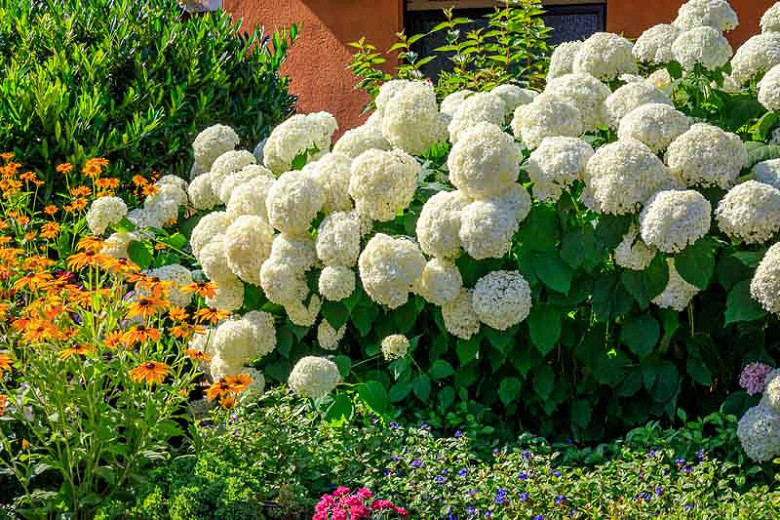
- Panicle hydrangea (Hydrangea paniculata): This type of hydrangea is also known as the Peegee hydrangea. It is a smaller shrub that can grow up to 6 feet tall. Panicle hydrangeas have white, pink, or blue flowers that bloom in the summer and fall.
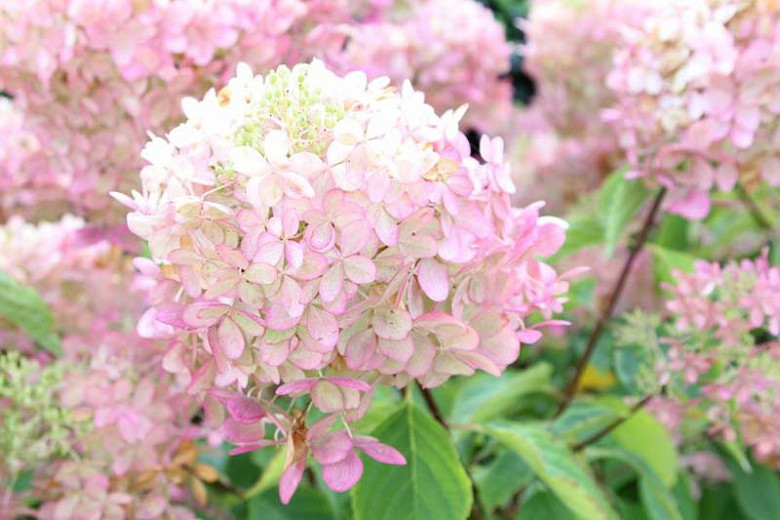
- Mountain hydrangea (Hydrangea macrophylla): This type of hydrangea is native to the Appalachian Mountains. It is a small shrub that can grow up to 3 feet tall. Mountain hydrangeas have blue, pink, or white flowers that bloom in the summer.
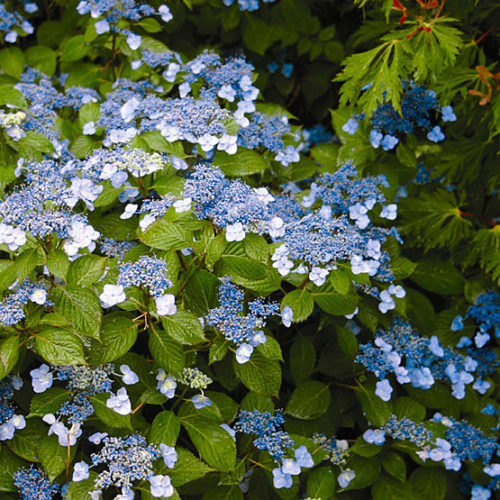
When choosing a species of hydrangea, it's important to consider the climate in your area. Smooth hydrangeas and panicle hydrangeas are both hardy in USDA zones 3-8, while mountain hydrangeas are only hardy in USDA zones 4-7.
Planting Hydrangeas
Hydrangeas should be planted in the spring or fall. They prefer full sun or partial shade, and they need well-drained soil. When planting hydrangeas, dig a hole that is twice as wide and as deep as the root ball. Backfill the hole with soil, and water the hydrangea thoroughly.
Caring for Hydrangeas
Hydrangeas are relatively easy to care for. They need regular watering, especially during the summer months. You should also fertilize hydrangeas in the spring and fall.
Hydrangeas are acid-loving plants, so it's important to use an acid fertilizer. You can also add peat moss or pine needles to the soil around your hydrangeas to help keep the soil acidic.
Attracting Wildlife with Hydrangeas
Hydrangeas are a great way to attract wildlife to your yard. The flowers are a favorite food of butterflies, bees, and hummingbirds. The leaves and stems of hydrangeas are also eaten by deer and rabbits.
If you're looking for a way to attract wildlife to your yard, planting hydrangeas is a great option. These beautiful plants will add color and interest to your garden, and they'll also provide food and shelter for a variety of animals.
Conclusion
Native hydrangeas are a great choice for gardeners who want to add beauty and wildlife to their yard. They're easy to care for, and they come in a variety of sizes, colors, and shapes. If you're looking for a new plant to add to your garden, consider a native hydrangea.
Native hydrangeas are a beautiful and versatile addition to any garden. They come in a variety of colors, from white to pink to blue, and they can be grown in a variety of climates. If you're looking for a native hydrangea to add to your garden, I recommend visiting . This website has a comprehensive guide to native hydrangeas, including information on different species, growing conditions, and care tips.
In addition to its informative content, also features beautiful photos of native hydrangeas in bloom. These photos will help you visualize how these plants will look in your own garden.
I highly recommend visiting if you're interested in learning more about native hydrangeas. This website is a valuable resource for gardeners of all levels of experience.
FAQ of native hydrangea
1. What are native hydrangeas?
Native hydrangeas are species of hydrangea that are native to a particular region or ecosystem. In North America, there are over 70 species of native hydrangeas, including the mountain hydrangea, smooth hydrangea, and oakleaf hydrangea. Native hydrangeas are important components of many native plant communities, and they provide food and shelter for a variety of wildlife.
2. What are the benefits of planting native hydrangeas?
There are many benefits to planting native hydrangeas. Native hydrangeas are well-adapted to their local climate and soil conditions, so they are less likely to need as much care as non-native hydrangeas. They are also more resistant to pests and diseases. Native hydrangeas also provide a valuable food source for pollinators and other wildlife.
3. Where can I find native hydrangeas?
Native hydrangeas can be found at many garden centers and nurseries. You can also find them growing wild in many parts of North America. When choosing a native hydrangea, be sure to select a species that is native to your region.
4. How do I care for native hydrangeas?
Native hydrangeas are relatively easy to care for. They need well-drained soil and full sun to partial shade. They should be watered regularly, especially during the first year after planting. Native hydrangeas do not need to be fertilized often.
5. How do I propagate native hydrangeas?
Native hydrangeas can be propagated by division or by seed. Division is the most common method. To divide a hydrangea, carefully dig up the plant and separate it into two or more sections. Each section should have a healthy root system and several stems. Plant the divisions in a well-drained location and water them regularly.
Image of native hydrangea
- Mountain hydrangea (Hydrangea macrophylla)` is a deciduous shrub native to eastern Asia. It has large, showy flowers that bloom in shades of blue, pink, or white.
- Smooth hydrangea (Hydrangea arborescens) is a deciduous shrub native to eastern North America. It has smaller flowers than mountain hydrangea, but they are just as showy.

- Panicle hydrangea (Hydrangea paniculata) is a deciduous shrub native to eastern Asia. It has large, conical flowers that bloom in shades of white, pink, or blue.

- Oakleaf hydrangea (Hydrangea quercifolia) is a deciduous shrub native to eastern North America. It has large, oak-shaped leaves and clusters of white flowers that bloom in summer.
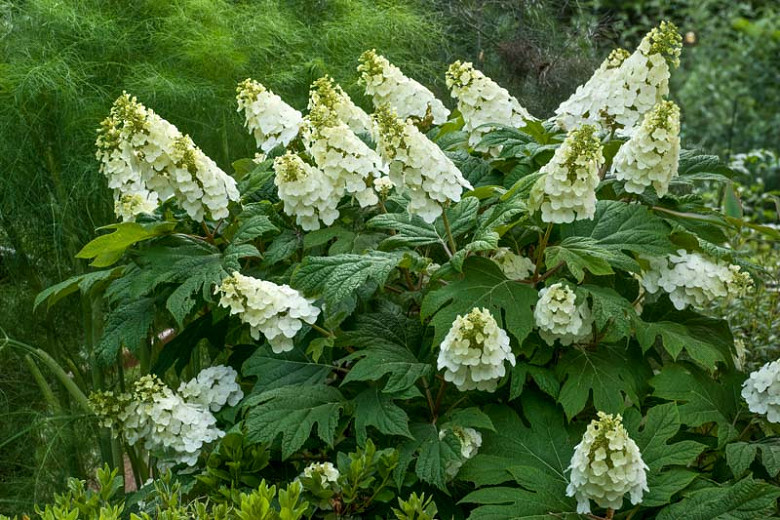
- Hillside hydrangea (Hydrangea serrata) is a deciduous shrub native to Japan. It has small, white flowers that bloom in summer.
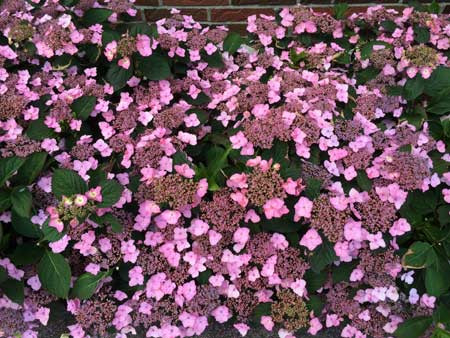
Post a Comment for "Native Hydrangeas: Grow These Beautiful Flowers In Your Own Backyard"